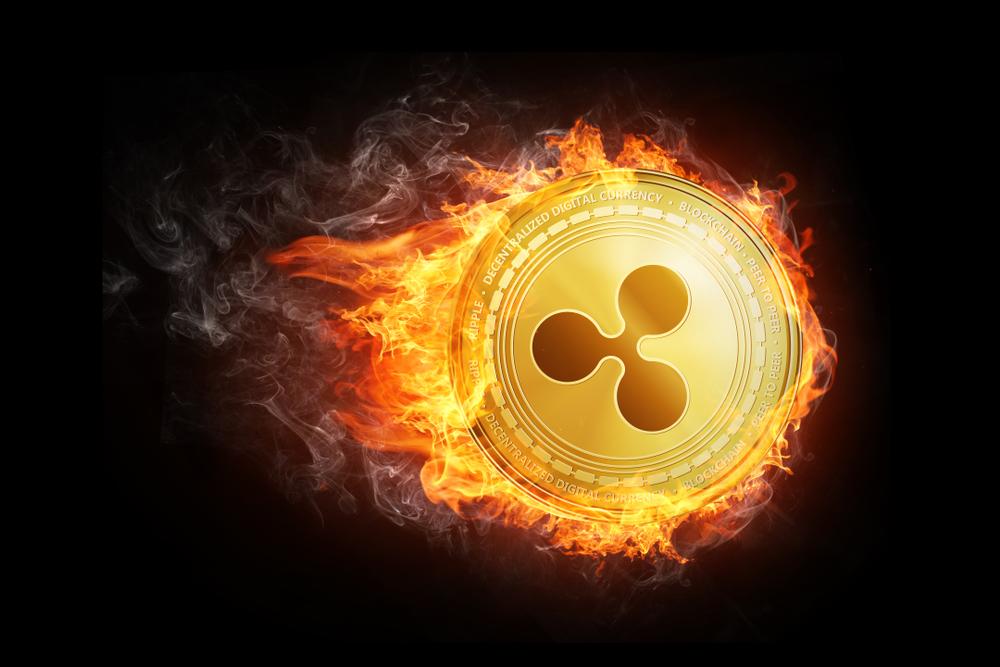- Ripple CEO Brad Garlinghouse explains in a new interview that other digital assets besides XRP can be used on the XRP ledger.
- The great potential and benefit of XRPL lies in its ability to move any type of asset quickly and inexpensively across national borders.
Ripple provides software solutions to process cross-border payments inexpensively in near real-time across national borders for small and large companies. XRP serves as a bridge currency to quickly convert assets from a fiat currency to a target currency without the risk of currency fluctuation. In a recent interview on CNN with Julia Chatterley, Ripple CEO Brad Garlinghouse spoke about whether other digital assets such as stablecoins can be launched and used on the XRP Ledger. He explained that this is definitely possible and that the XRPL is designed to serve multiple industry use cases:
The short answer is yes. Stablecoins are a little bit different and unique because even if you have a stablecoin that is dollar-denominated, you still have that cross-currency problem.
XRP can even be used in markets where liquidity is initially low. This could be done by using other digital assets until there is sufficient liquidity for XRP:
We also though, did design our products to be efficient such that if we entered a market where XRP had very little liquidity, that we could use a different digital asset where there might be more liquidity. The spreads would be tighter.
RippleNet already has more than 300 partners who are leveraging the strengths and benefits of this ecosystem to deliver global liquidity to all of our affiliates. Garlinghouse goes on to describe that his vision is to provide a plug-and-play system for the industry that allows any company to instantly access all of Ripple’s services and payment services within weeks, regardless of how much technical expertise is available:
Our vision really is, how do we make this plug and play and as simple as possible to plug in and take advantage of global liquidity across the XRP ecosystem.
For Garlinghouse, it’s clear that Ripple’s complete success is due to the architecture of XRP, and that the adoption of XRP and other use cases continues to grow each week:
t is so clear to me more than ever that XRP’s speed, its scalability, its incredibly low cost per transaction dynamics make it perfectly suited for the problem we are solving with it. We’re seeing that the community behind XRP, the other use cases, we’re seeing that grow every week.
XRP use cases are growing rapidly
Most recently, Flare Finance announced the start of the test phase of its new product series for the DeFi market. Flare Finance is a DeFi protocol used on the Flare Network, providing 6 different products with different use cases. This will enable Ethereum’s Smart Contracts to be executed on the XRPL. The Spark Token plays a key role in this process.
On December 14, the highly anticipated Spark Token Airdrop will take place, where all XRP holders will receive the Spark token in a 1:1 ratio. Flare has recently reported that more than 24,261 accounts have already completed the Spark token exchange with a balance of 1.5 billion XRP. Furthermore, more than 50 exchanges already support the upcoming airdrop. Recently, Coinbase, among others, also announced its support.
Subscribe to our daily newsletter!
No spam, no lies, only insights. You can unsubscribe at any time.




